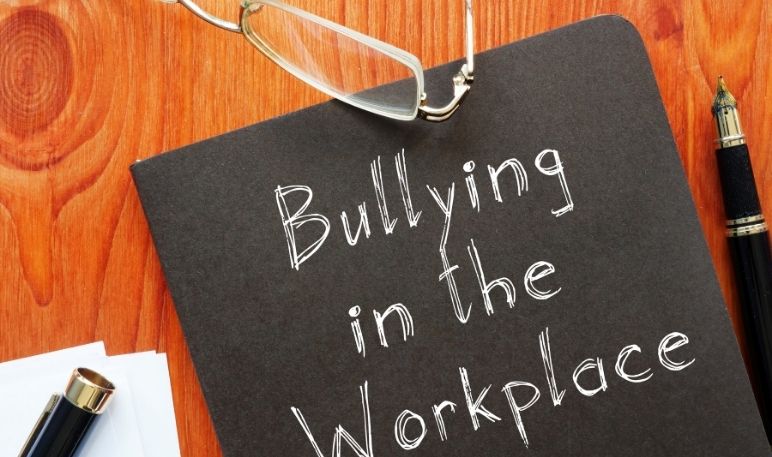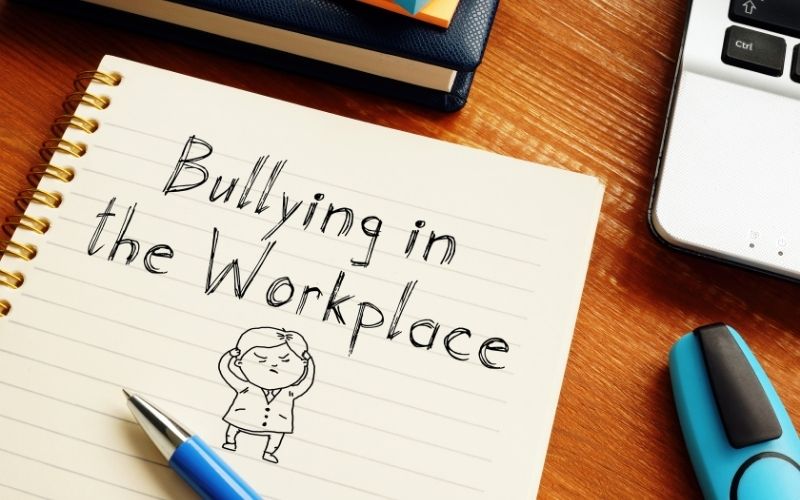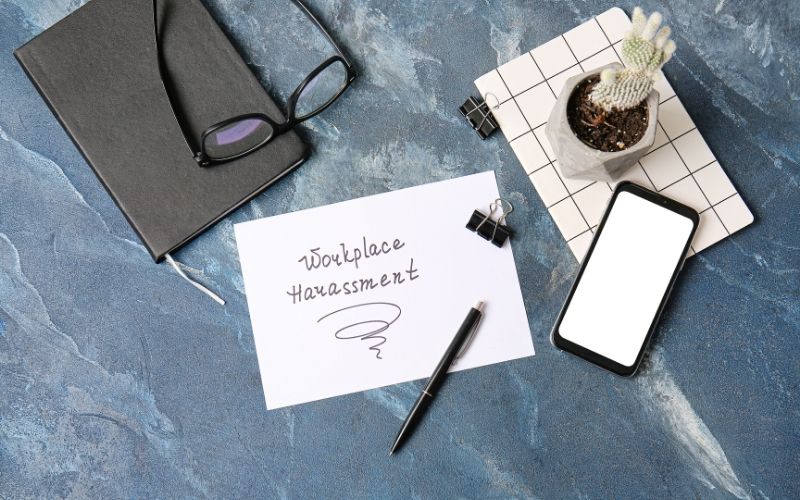Sexual harassment is an alarming, pervasive issue that continues to plague workplaces across the globe. It is gender discrimination involving unwanted sexual advances, requests for sexual favours, or other verbal or physical sexual conduct. The impact of sexual harassment is multi-faceted. It affects individuals, the organisation, productivity, the culture of the organisation, and the overall work environment.
Types of sexual harassment
Sexual harassment typically falls into two categories: ‘Quid pro quo’ and ‘Hostile Work Environment’.
‘Quid pro quo’ sexual harassment occurs when job benefits–such as promotions, raises, or continued employment–are tied to the submission to sexual advances or requests. For example, if a supervisor suggests an employee might receive a promotion if they go on a date. This would be quid pro quo harassment.
‘Hostile Work Environment’ harassment occurs when an employee is subjected to sexual jokes, comments, imagery, or any other sexual behaviours to a degree that the work environment becomes intimidating, hostile, or offensive, or when their performance is adversely affected. For example, if a group of employees frequently share explicit content or make sexual remarks about another employee, leading them to feel uncomfortable or unsafe. This is considered a hostile work environment.
Indicators of sexual harassment.
Recognising sexual harassment in the workplace often means being aware of various indicators, which can include unwanted sexual advances, sexual jokes, or comments, sexual or offensive material, inappropriate communications, sexual favouritism, retaliation, hostile work environment, sexual assault, and stalking or obsessive behaviour.
Unwanted sexual advances can range from suggestive comments to unwelcome touching or physical closeness. For example, an employee might constantly face intrusive inquiries about their personal life, receive unwelcome compliments about their physical appearance, or even find a co-worker invading their personal space.
Sexual jokes or comments can involve lewd jokes, suggestive remarks, or sexually explicit language. Suppose someone frequently subjected an employee to colleagues making sexually offensive jokes or comments about their appearance or sexual orientation, despite expressing their discomfort. In that case, they are experiencing sexual harassment.
Sexual or offensive material refers to the display of sexual or offensive material, such as explicit images or videos. For example, if explicit content is frequently shared in a group chat, or sexually explicit images are displayed in the workspace, this could constitute sexual harassment.
Inappropriate Communications can be emails, text messages, or social media interactions with sexual undertones or inappropriate comments. For instance, receiving unsolicited sexually explicit emails or messages from a co-worker or supervisor is a form of sexual harassment.
Sexual Favouritism is when decisions about promotions, job assignments, or other work benefits are based on submission to sexual advances or favours. If an employee notices that colleagues who engage in sexual relationships with superiors receive preferential treatment, it can be sexual favouritism, “quid pro quo” harassment.
Retaliation can occur if someone complains about sexual harassment and then experiences negative consequences at work, such as being demoted, fired, given fewer desirable assignments, or otherwise treated poorly. Retaliation is a form of sexual harassment and is illegal in numerous jurisdictions.
The Hostile Work Environment is when the workplace is permeated by sexual conduct, comments, or innuendos that make an employee feel uncomfortable, intimidated, or distressed.
Sexual Assault includes any unwanted sexual contact or activity. Any form of non-consensual physical contact, from touching to more severe actions, falls into this category and is not only harassment but also a criminal offence.
Stalking or Obsessive Behaviour involves unwelcome attention, such as persistent calls, messages, or following someone around. A pattern of obsessive focus, repeated attempts at contact, or disturbing messages may signal this type of harassment.
The impact of sexual harassment on victims and the workplace.
Sexual harassment takes a significant toll on its victims, leading to psychological, emotional, and sometimes physical distress. Victims may experience depression, anxiety, sleep disturbances, and a host of other mental health issues. The emotional toll can also affect their personal relationships and overall quality of life.
The impact of sexual harassment extends beyond the individual, affecting the workplace. It can lead to decreased productivity, increased absenteeism, higher turnover rates, and a decline in job satisfaction among employees. When employees do not feel safe or respected, their engagement and output inevitably suffer.
Sexual harassment also affects the overall culture of an organisation. It can breed an environment of fear and mistrust, damaging team cohesion and collaboration. In the long term, a company’s reputation can be severely damaged, affecting its ability to attract and keep top talent.
What employers can do to prevent sexual harassment?
Preventing sexual harassment in the workplace requires a multi-faceted approach from employers. A clear, comprehensive sexual harassment policy should be in place, outlining what makes up harassment, the consequences of such behaviour, and the procedure for reporting it.
Training and awareness programs are also crucial. Employers/Management should educate employers about the different forms of sexual harassment, how to recognise them, and how to respond. Bystander intervention training can also be effective, empowering employees to intervene when they witness inappropriate behaviour.
Legal consequences of sexual harassment
The legal consequences of sexual harassment can be severe for both individuals and companies. Individuals may face disciplinary actions, termination, and legal penalties, including lawsuits and fines. Victims can hold companies liable for the harassment committed by their employees, particularly if they were aware of the harassment and did not appropriately address it. They may face lawsuits, hefty financial penalties, and severe damage to their reputation.
Conclusion
Recognising and addressing sexual harassment in the workplace is not just a legal obligation—it is a moral one. It is crucial to cultivating a safe, respectful, and productive work environment for all employees. By understanding what makes up sexual harassment, its impact, and how to prevent it, we can all contribute to a fairer and more respectful workplace.
Contact ACCA for an independent review/investigation if you have concerns about sexual harassment in your workplace (www.acca-aust.com.au)
#LeadershipResponsibility #WorkplaceSafety #SexualHarassmentAwareness #HumanResources









